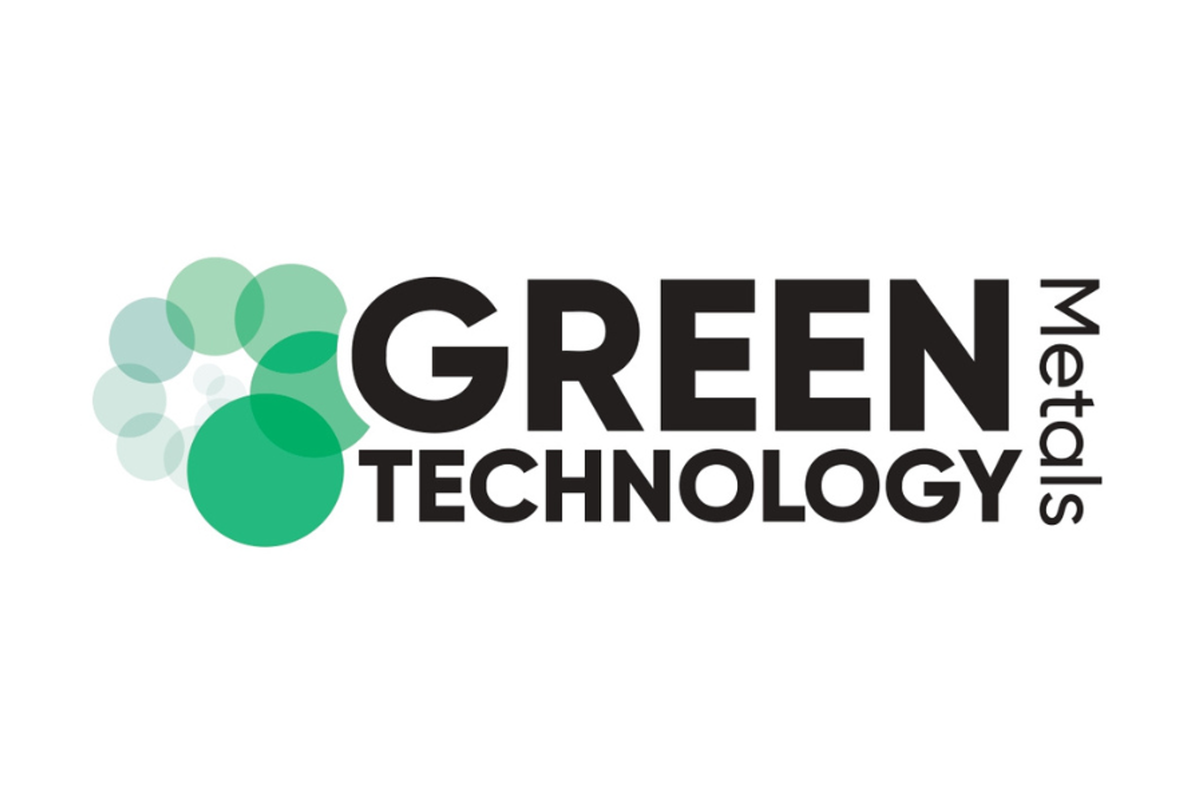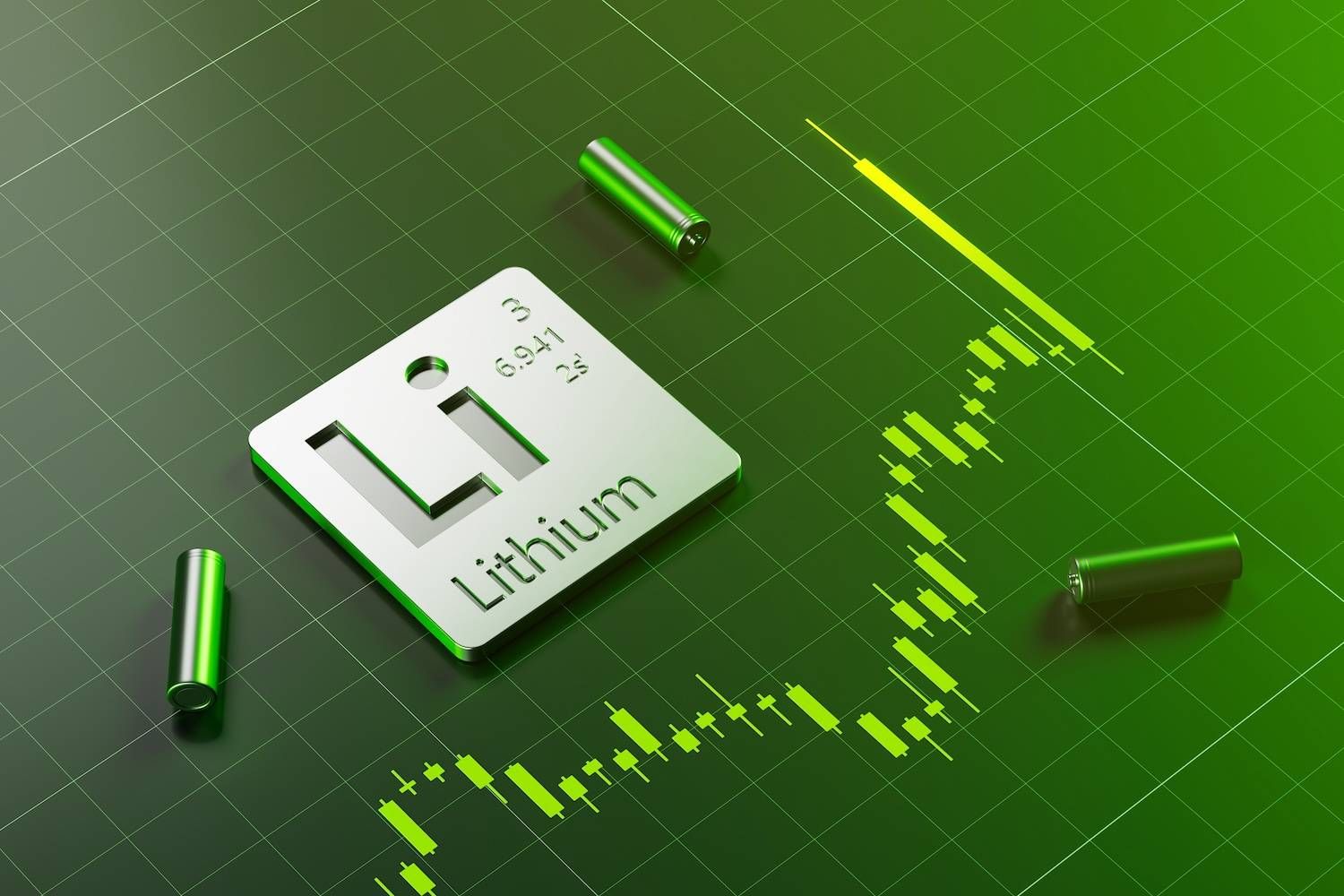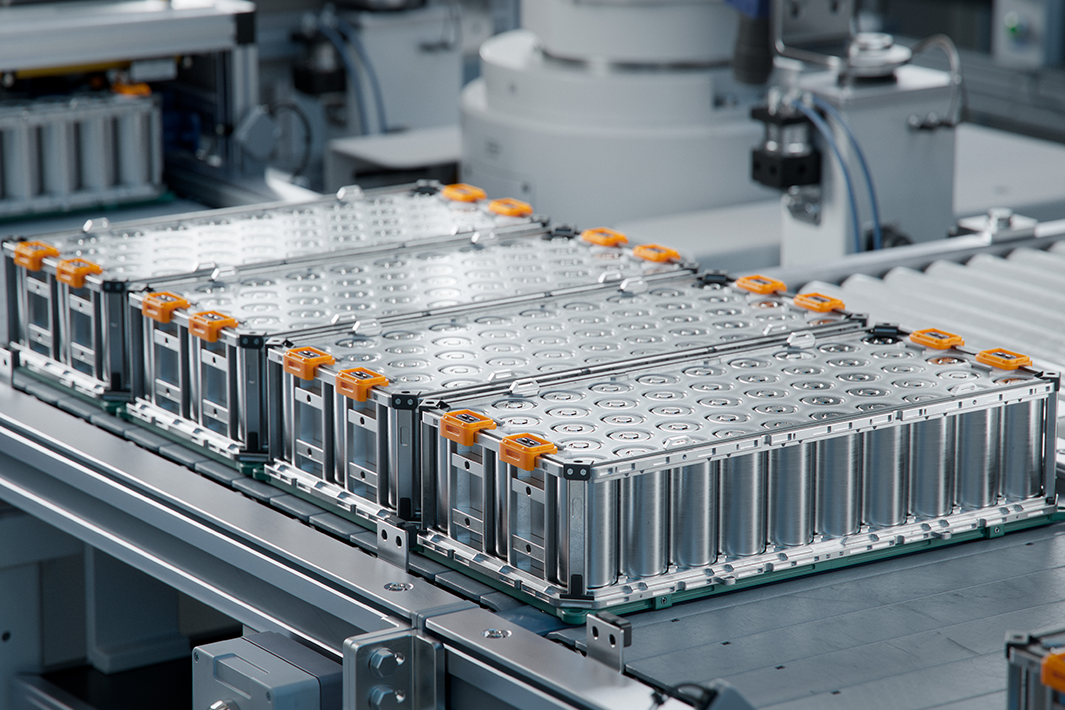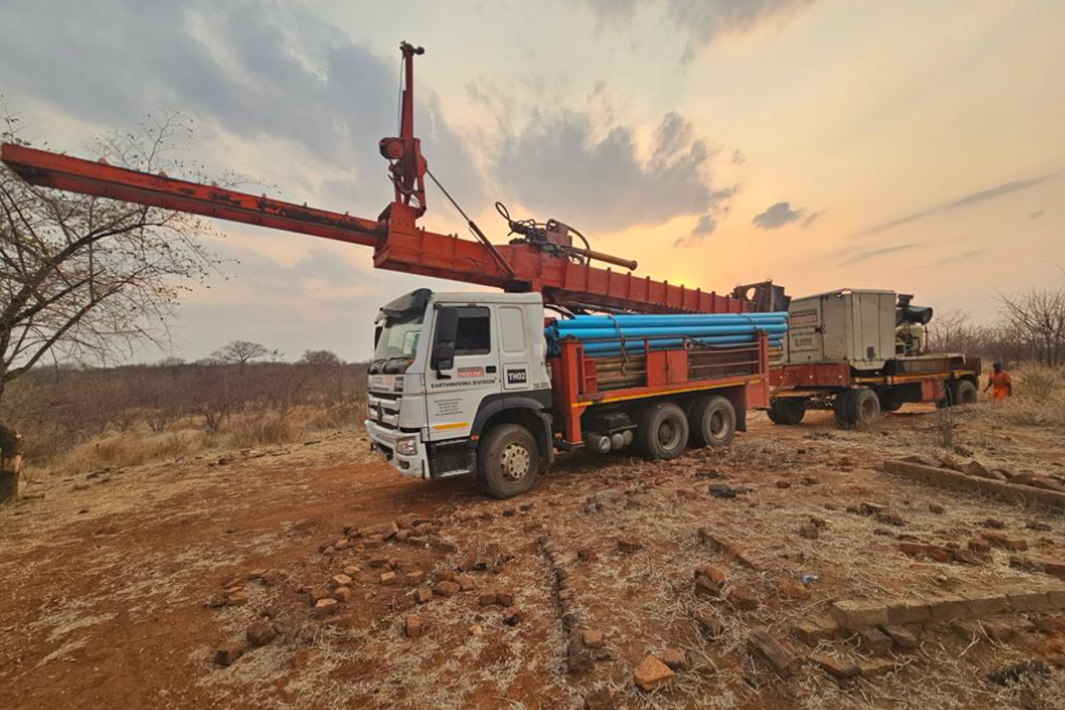
- NORTH AMERICA EDITIONAustraliaNorth AmericaWorld
November 21, 2022
Green Technology Metals Limited (ASX: GT1) (GT1 or the Company), a Canadian-focused multi-asset lithium business, is pleased to announce further high-grade lithium assay results from its 100%-owned Root Project, located approximately 200km west of its flagship Seymour Project in Ontario, Canada. Drilling at Root is initially focussed on the McCombe LCT pegmatite system, targeting rapid delineation of a maiden Mineral Resource estimate for this deposit.
HIGHLIGHTS
- Exceptional high-grade drill success at McCombe deposit, Root Project.
- Assays received for a further five holes from the Phase 1 diamond program including:
- RL-22-0013: 8.0m @ 1.72% Li2O from 64.0m (incl. 2.0m @ 4.06% Li2O from 64.6m)
- RL-22-0014: 8.4m @ 1.32% Li2O from 102.0m (incl. 1.0m @ 3.91% Li2O from 103.6m)
- RL-22-0015: 13.4m @ 1.24% Li2O from 28.9m (incl. 1.0m @ 3.16% Li2O from 29.3m)
- RL-22-0016A: 6.3m @ 1.52% Li2O from 66.3m (incl. 1.0m @ 2.38% Li2O from 70.7m)
- 31 holes have been drilled to date at McCombe with two diamond drill rigs operating 24/7
- Phase 1 definition drilling completed for 22 holes, assays pending for 8 holes
- Phase 2 extensional drilling in progress with strong visual spodumene logged in pegmatite intercepts; 9 holes completed, assays pending
- McCombe potentially joining with the Morrison pegmatite system to form a structure over several kilometres long
- Grab sample from new spodumene outcrop discovery at Root Bay prospect assayed 2.39% Li2O
- GT1 opting to begin environmental baseline surveys and permitting process
- Maiden Root Mineral Resource estimate on track for Q1 2023
“Recent assay returns have confirmed that McCombe is higher grade than originally interpreted based on historical data. The Root Project as a whole is also developing into a much larger complex, with McCombe potentially joining with Morrison to form a structure over several kilometres long, and recent spodumene discoveries at Root Bay confirming it extends east and west along a magnetic high.”
- GT1 Chief Executive Officer, Luke Cox
McCombe Deposit (Root Project)
The McCombe LCT (Lithium-Caesium-Tantalum) pegmatite is currently the most advanced prospect at the Root Project. Historical drilling completed by previous owners from 1950 to 2016 intersected numerous pegmatites, generally dipping to the south and striking east-west. Phase 1 and Phase 2 drilling by GT1 has now demonstrated McCombe to be a much simpler mineralised system: one major pegmatite averaging 10m thickness (ranging 2m to 19m), striking east-west with shallow dip approximately 30 degrees to the south, and a second pegmatite striking northeast with similar thickness.
The average grades, spodumene crystal size and crystal mass returned in the recent drilling at McCombe correlate well with the historic down dip continuity drill hole completed in 2016, which intercepted 67m @ 1.75% Li2O (see GT1 ASX release dated 8 November 2021, Prospectus). A second similar pegmatite has been intersected at the mid-point of the main pegmatite striking northeast and dipping to the southeast, with further targeted drilling set to extend this pegmatite to its natural limits.
Phase 1 drilling at McCombe has been completed, comprised of twenty-two (22) resource definition diamond holes. Assays have been returned for fourteen (14) holes all intersected thick and continuous high grade spodumene pegmatites from surface (refer to ASX announcement: All holes have intersected spodumene bearing pegmatite, 28 October 2022) with the recent holes returning the highest-grade intercept to date, 2m @ 4.06% Li20 (RL-22-0013) within a broader 8m pegmatite intercept averaging 1.72% Li20 from 64m downhole. Assays are still pending for the last eight (8) holes (see Figures 1 and 2) and are expected to be received in the coming weeks.
Click here for the full ASX release
GT1:AU

Sign up to get your FREE
Green Technology Metals Investor Kit
and hear about exciting investment opportunities.
- Corporate info
- Insights
- Growth strategies
- Upcoming projects
GET YOUR FREE INVESTOR KIT
The Conversation (0)
17 September 2025
Green Technology Metals
Delivering the next lithium hub in North America
Delivering the next lithium hub in North America Keep Reading...
30 November 2025
Altris Engineering Appointed to Optimise & Lead Seymour DFS
Green Technology Metals (GT1:AU) has announced Altris Engineering Appointed to Optimise & Lead Seymour DFSDownload the PDF here. Keep Reading...
17 November 2025
Ontario Lithium Project Development Update
Green Technology Metals(GT1:AU) has announced Ontario Lithium Project Development UpdateDownload the PDF here. Keep Reading...
31 October 2025
Quarterly Activities/Appendix 5B Cash Flow Report
Green Technology Metals(GT1:AU) has announced Quarterly Activities/Appendix 5B Cash Flow ReportDownload the PDF here. Keep Reading...
12 October 2025
Successful A$4.5m Two Tranche Placement
Green Technology Metals (GT1:AU) has announced Successful A$4.5m Two Tranche PlacementDownload the PDF here. Keep Reading...
09 October 2025
Trading Halt
Green Technology Metals (GT1:AU) has announced Trading HaltDownload the PDF here. Keep Reading...
29 December 2025
SQM, Codelco Seal Landmark Lithium Joint Venture in Salar de Atacama
Sociedad Quimica y Minera (SQM) (NYSE:SQM) and Codelco have finalized their long-awaited partnership, forming a new joint venture that will oversee lithium production in Chile’s Salar de Atacama through 2060.SQM announced on Saturday (December 27) that it has completed its strategic partnership... Keep Reading...
24 December 2025
Altius Minerals to Expand Portfolio with C$520 Million Lithium Royalty Deal
Altius Minerals (TSX:ALS,OTCQX:ATUSF) is making a bet on a lithium market recovery, agreeing to acquire Lithium Royalty (TSX:LIRC) in a C$520 million deal that will expand its exposure to battery metals.Under a definitive agreement announced by the two companies on Monday (December 22), Altius... Keep Reading...
23 December 2025
Liontown's First Tjiwarl Member Completes Apprenticeship at Kathleen Valley
Liontown (ASX:LTR,OTC Pink:LINRF) has reached a milestone at its Kathleen Valley operations, with Vaughan Harris becoming the first Tjiwarl community member to complete an apprenticeship with the company.“Being the first Tjiwarl apprentice to complete an apprenticeship here at Liontown feels... Keep Reading...
22 December 2025
Lithium Market 2025 Year-End Review
The global lithium market endured a bruising 2025, with persistent oversupply and softer-than-expected electric vehicle (EV) demand driving prices for the battery metal to multi-year lows.Lithium carbonate prices in North Asia slipped below US$9,550 per metric ton in February — their weakest... Keep Reading...
11 December 2025
Mining the Gap: 5 Forces Shaping North America’s Lithium Supply Chain
A convergence of industry investments, government initiatives and a shifting global trade dynamic is creating an environment ripe for the development of a North American battery supply chain, with lithium playing a leading role. These trends are reshaping the region’s industrial base and opening... Keep Reading...
10 December 2025
Rock Bottom: Strategic Window for Ground-level Lithium Investment
When lithium prices hit bottom, savvy investors know that’s exactly where the next big discovery begins — literally. Beneath the surface of global markets and remote exploration grounds, new opportunities are forming in the wake of a sharp price reset and renewed geopolitical urgency.Recent... Keep Reading...
Latest News

Sign up to get your FREE
Green Technology Metals Investor Kit
and hear about exciting investment opportunities.
- Corporate info
- Insights
- Growth strategies
- Upcoming projects
GET YOUR FREE INVESTOR KIT
Interactive Chart
Latest Press Releases
Westport Announces Board of Directors Update
02 January
Related News
TOP STOCKS
American Battery4.030.24
Aion Therapeutic0.10-0.01
Cybin Corp2.140.00










